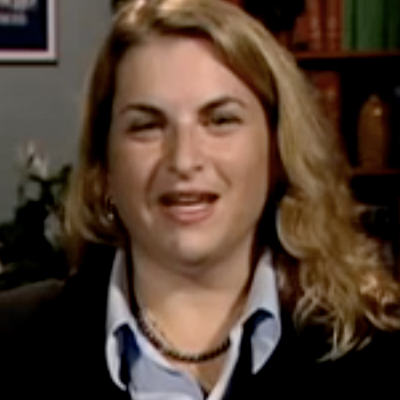Using nanoparticles to localize and resect tumors
Breast cancer is a serious and debilitating disease that can leave physical, emotional, and psychological damage on its survivors. It will affect an average of one in eight American women annually, while it can also affect men, and survival rates drop dramatically as the stage of cancer progresses. Early detection is becoming more common as smaller tumors are being discovered at earlier stages, but this presents challenges to surgeons tasked with removing tumors that cannot be felt or seen with the naked eye. To overcome this obstacle, Dr. Sarah Blair, Professor Surgery at the University of California, San Diego and a surgeon who focuses mainly on breast cancer, is using gas-filled nanoparticles to localize and remove tumors in only one procedure. The nanoparticles are injected by radiologists, and stimulated by ultrasound to identify the locations of tumors, making it easier for surgeons to remove the cancer during surgery. This is a more efficient and effective way of removing breast cancer, and is improving the surgical process for surgeons while also introducing a less-invasive process for the patients.
Dr. Sarah Blair is an active surgeon involved in research aimed at developing new ways for identifying breast cancer tumors and surgically removing them. Her lab is using gas-filled nanoparticles to locate small tumors in breast tissue, which cannot be seen by the naked eye, for surgical removal. These particles have been mostly developed, but are in the process of being scaled-up for and mass –production for use in practical applications. These nanoparticles are injected, guided by mammography, by radiologists sometime between diagnosis and a week before surgery. The particles are filled with a gas that emits a detectable light, which are activated by ultrasound. The gas makes the tumors more visible so they are more easily removed through surgery. Dr. Blair and her colleagues are working to further develop these nanoparticles for specific tumor targeting. She is hoping to improve the current techniques and make the procedures easier for patients and surgeons to remove small tumors deposits.
An extension of this process is working on using these nanoparticles to directly kill the tumor. Dr. Blair is investigating ways of using high-frequency focused ultrasound (HFUS) to burst the cancerous cell using the same nanoparticles. This process is still in its earlier stages, and requires funding for further development and advancement into human trials.
Bio
Dr. Sarah Blair has always been an innately curious person with a fascination with solving puzzles and finding solutions to challenging problems. She particularly enjoys the immediate gratification she receives following resolved challenges. During her undergraduate studies at Case Western Reserve University in Cleveland, Ohio, she found a way to combine her interests in biology and human health with her passions for problem solving, and decided to pursue a medical degree and specialize in surgery. Surgery to her is a straightforward way to fix people: find a tumor and take it out. The ability to study and fix problems during the treatment of patients is the ideal combination of Dr. Blair’s interests and talents.
She is particularly enamored with the driving idea of translational research, which allows researchers to explore ways of using basic science to directly solve problems in patient care. She became interested in breast cancer research after her mother developed the disease while Dr. Blair was in surgical training. Breast cancer treatment therefore became a personal issue for her, and motivated her to search for cures for the disease. Dr. Blair has been practicing surgery for many years, and continues to work to improve the surgical treatment of breast cancer. She is experimenting with different ways of removing a tumor in only one surgical operation in order to prevent cancer from returning and to truly cure patients. She is working closely in collaboration with two chemists, a radiologist, and a pathologist, who all share the desire to develop new technologies for eliminating cancer.
In addition to actively working as a surgeon and in research, Dr. Blair is head of the Women in Surgery Project, which is concerned with gaining equity for women in surgery, a field they are currently a minority in.
Outside of work, Dr. Blair is a working mother to a 16-year-old daughter, and avidly practices yoga to balance the many stresses in her life.


